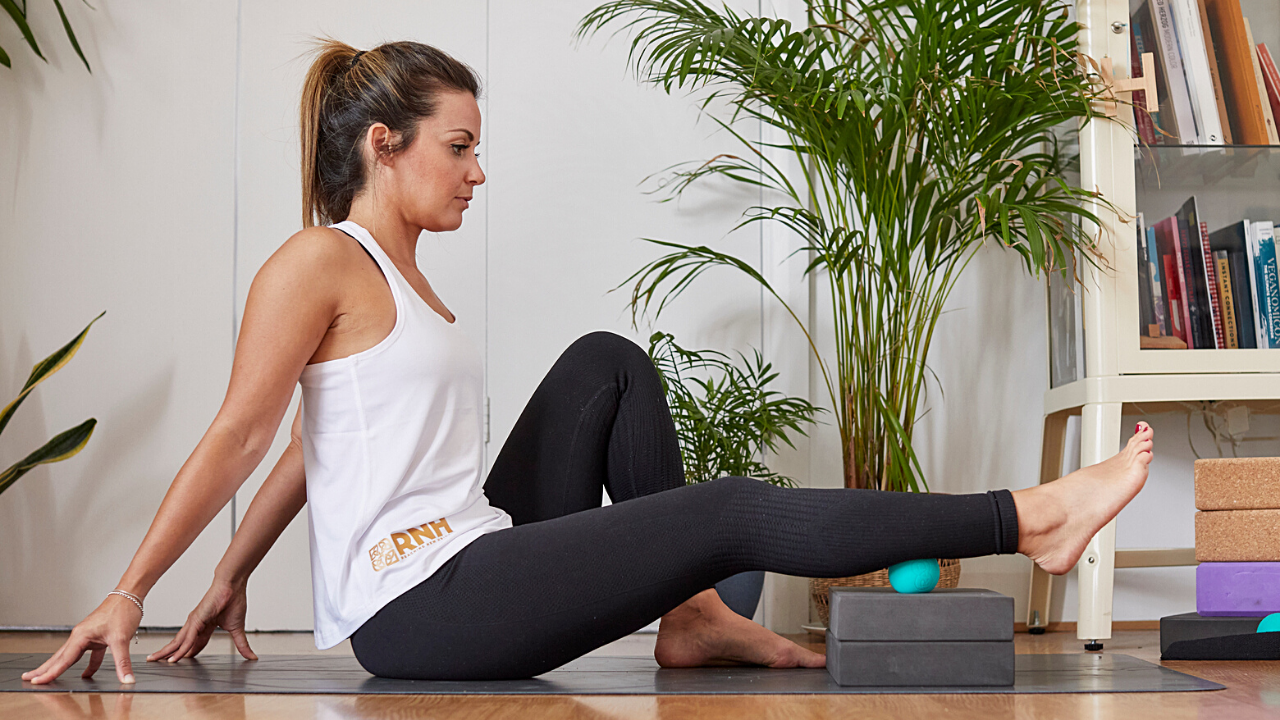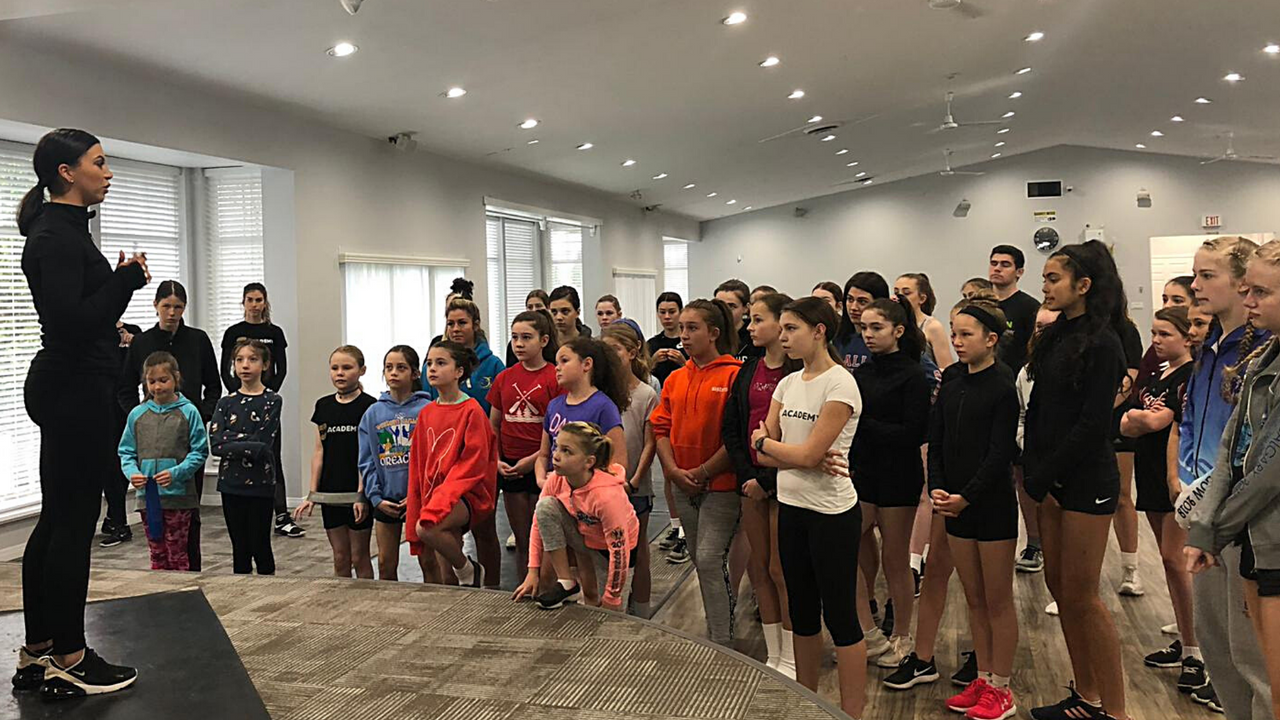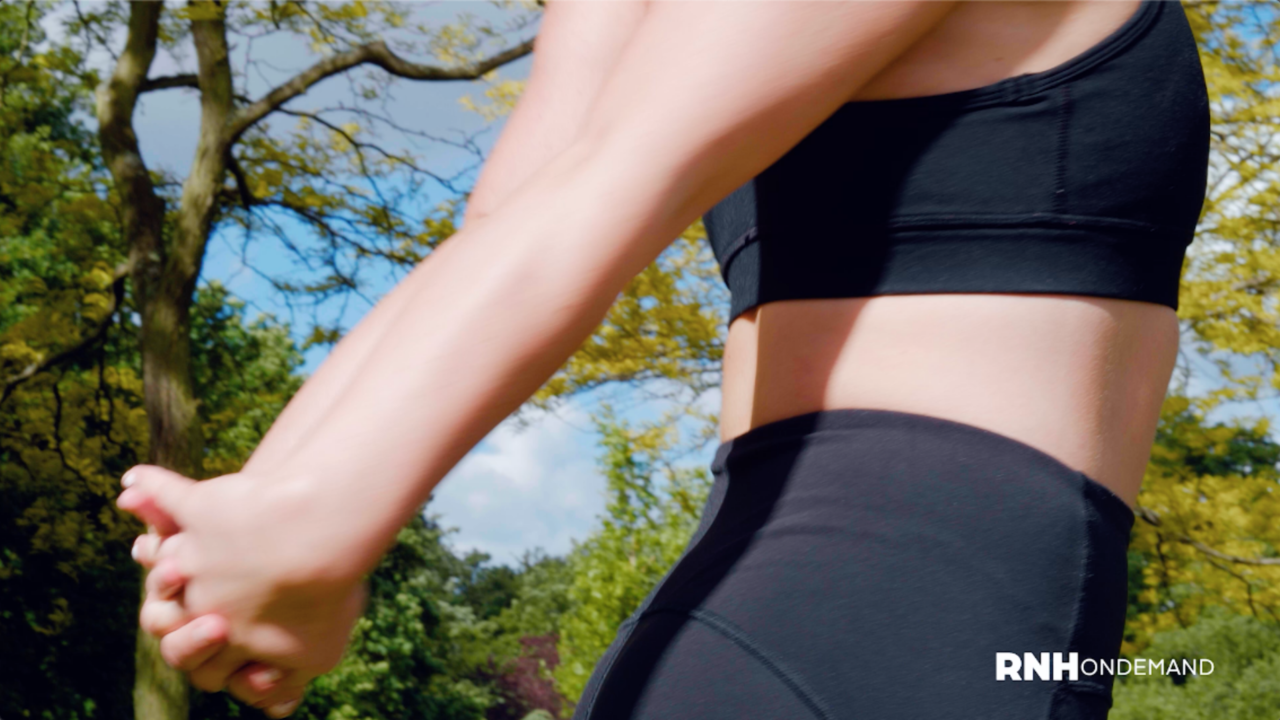Heart Rate Zones | Everything You Need to Know

Often, when we consider a dancer to be physically fit, we’re impressed by how they can get through a full performance without any signs of slowing down or dropping off at the end.
How is it possible to maintain such speed, sharpness, and power? And more importantly, how can you train your fitness so that you can achieve the same thing for yourself?
This is where heart rate training comes in.
Heart rate training is a great way for you to not only train hard but also to train smart. When it comes to dance training it's not enough just to work out, because we must workout in the specific type of exercise that is directly going to improve the type of fitness that we need for stage (no point training for a marathon if you're going to sprint right?).
On top of this, your heart rate doesn’t lie and is a great indicator of how hard you are willing to work. So you may think you're working hard, but if your heart rate is telling a different story then when you’re on stage you ...
DOMS: How to Prevent (and Help) Muscle Soreness

Whether it’s the end of a major competition weekend or you’ve just finished a gruelling week of class, you’re probably feeling quite sore.
Here, we’re explaining what causes muscle soreness and how to prevent it so that you can continue dancing at a high level, all with less pain.
Should you prefer to listen instead of reading, you can click here and listen to our podcast on this topic.
So what is DOMS?
DOMS stands for delayed onset muscle soreness and it refers to the pain and stiffness experienced 24 to 48 hours after strenuous exercise.
DOMS is especially common if the intensity of your workout was more intense than normal or if you worked on muscle groups you don’t normally. For example, if you had a particularly long class before a big competition or you tried new steps in class, you’re more likely to experience DOMS.
The reason for DOMS is that when you exert yourself during a workout, your muscles experience “micro-tears” and release lactic acid. The a...
What Type of Training is Best For Me?

There are many layers to an Irish dancer's performance much more than what we had 20 years ago.
Back then, the main focus was on technique, but the display of speed, sharpness, and power did not develop well until it's later years.
Today, our sport has transitioned into movements completed as fast and as powerful as possible, and with that change comes a great increase in the different layers of training that is needed to achieve this result.
Not only can this be overwhelming, but like anything new, it brings questions and confusion as to what training should be completed and how it should be done.
RNH was created to provide training in all of these different areas and today’s blog is about exploring each type of training, what it is, and when you can complete it.
Should you prefer to listen instead of reading, you can click here and listen to our podcast on this topic.
So let’s begin:
If we look at rugby or American football and go back 20 years, these pl...
Navigating Friendship in the Competitive World of Dance

For most of us, our dance friends are our favourite friends. There’s just something extra special about spending all that time in class and travelling the world together for competitions.
However, for many Irish dancers, competing with your friends can make things complicated. It’s certainly not easy to compete against your friends. Whether you often win at competitions or you struggle to lose to your friends, both sides can feel the effects of not knowing how to handle it all.
So, here, we’re sharing our top tips for navigating friendship in the competitive world of Irish dance.
1. Separate Friendship and Competition
First, you’ll need to separate friendship with the competition. There’s a time and a place for both of these relationships and it’s important to keep the two apart. After all, they’re two very different things.
In friendship mode, you’re there to support one another, listen to each other, and go back and forth doing the things you both enjoy. In compe...
Figuring Out Your Purpose

Whilst we would never suggest that figuring out your purpose is as easy as reading a blog post, it’s a great place to start. Especially when we’re young because it’s so easy to get caught up in what everyone else is doing or what’s trendy to become right now.
Today we’re sharing our guide to finding your purpose. Some steps may be harder than others and finding your purpose will always be a work in progress. That said, we hope this will help you remain true to who you are really meant to become.
Step by Step Guide to Finding Your Purpose

1. Be Curious
Finding your purpose begins with curiosity. What are you naturally interested in? and where does your mind wander when you’re not paying attention?
Maybe you’re more inclined towards maths and numbers. Maybe you love improvising in dance versus sticking to the choreography. Maybe you have a deep passion for animals or children.
Follow that curiosity and see where it leads. It’s certainly the first step in fi...
Strategies To Overcome Mental Pressures

Training in Irish dance while navigating the roller coaster of “growing up” can be tough. There’s a lot of pressure to deal with and you might be struggling to cope.
If this is the case do not worry - I was in this exact position during my dance career and so today, we’re going to cover some strategies to help you overcome all of these pressures you will face.
Stage Pressures

Do you get stage fright before a big competition? Are you struggling with performance anxiety? Even if you’re fine class, nerves can play tricks on us when it’s time to hit the stage. Here are some tips to help you manage any nervousness or anxiety before a performance.
Trust Your Training
Most of the time when we worry about something, we’re thinking only of all the things that could go wrong. What if I fall? What if my injury comes back? What if I don’t nail my set?
Instead, it’s important to trust your training and focus on what can go right. Remember the majority of what you fear will...
Should I Dance on an Empty Stomach?

As dancers it is important to stay fit, lean and healthy.
When doing research to figure out the best way to achieve that you may have heard that working out on an empty stomach can help you get there more quickly. Perhaps you’ve even tried it before.
Let’s just start out by saying, it’s certainly not for everyone. And just like with anything, there are pros and cons to consider.
Here, we're exploring the benefits and downsides of dancing on an empty stomach to help find what works best for you.
What is “fasted cardio”?
Fasted cardio refers to doing cardio workouts while your body is in a fasted state. Your body is considered ‘fasting’ when it’s no longer digesting food, usually between 3 to 6 hours after a meal.
When your body is in this state, insulin levels are low. Insulin breaks down glucose in your body, and glucose comes from food. This process is responsible for producing energy. Without food readily available, your body gets that energy from glycogen and...
What You Should Eat (and Avoid) on Your Menstrual Cycle

Many women struggle throughout their menstrual cycle. Our hormones fluctuate all month and when it comes time for our period then things can feel totally out of whack.
From bloating, cramps, and indigestion to moodiness, headaches, and fatigue, we can all agree periods aren’t much fun.
But as dancers, our schedules don’t slow down just because we’re on our cycle. Practice, competitions, and staying in shape doesn't give us a break, regardless of what time of the month it may be.
The good news is there are some foods you can eat (and others you can avoid) to make your period far less intense, helping you perform at your best - year round.
Foods to Eat on Your Cycle
When it comes to the foods you should be eating while on your period, there are a few things to consider. You’ll want food that balances your hormones, provides enough iron and magnesium, and that will offset any cravings you may have.

Leafy Greens
While on your period, you’ll be losing a lot of ...
How To Shift Your Mindset When You Feel Like Giving Up

As a dancer and athlete, it’s natural to feel like giving up from time to time. But that doesn't mean you should. Just by fighting it and making some key mindset shifts will allow you to see your training in a whole different way.
In this article, we'll look at six common reasons dancers want to give up. Plus, we'll cover how you can overcome these obstacles so that you can continue to progress towards your future goals.
1. "I Don't Have Enough Time"
I get it. You are busy. You have school, friends, family, hobbies, you name it. That may make it hard to find enough time to exercise. But the truth is, every dancer has twenty-four hours in a day. And so if others have enough time to practice, get strong, and get flexible, then that means you to do.
To overcome this hurdle it’s important to prioritize your dance training and plan it well in advance. Put your training sessions on the calendar so that nothing will interfere with your session.
Once you do this you will soon realize t...
What To Do On Your Rest Days

Rest days have always been a crucial component for me for as long as I can remember.
From being a young girl trying to become a champion all I wanted to do was dance, and as a beginner sometimes that is absolutely the best way to progress. But just like anything, the better you get at it the higher intensity you are performing it at, and so I knew that to perform at my best on certain days I would need to take rest days on other days, and that’s exactly what I forced myself to do.
Do you feel like you’re falling behind by taking a rest day? Don’t worry, I am with you. My mindset would not allow me to sit still and do nothing as I would tell myself I was going to lose. And so I had to always add in something that was enough to feel like I was making progress without actually fatiguing my body and mind.
Today I want to share these tips with you but first, let’s look at why you shouldn't train on every day of the year.
Why are Rest Days Important for Dancers?
Sci...

